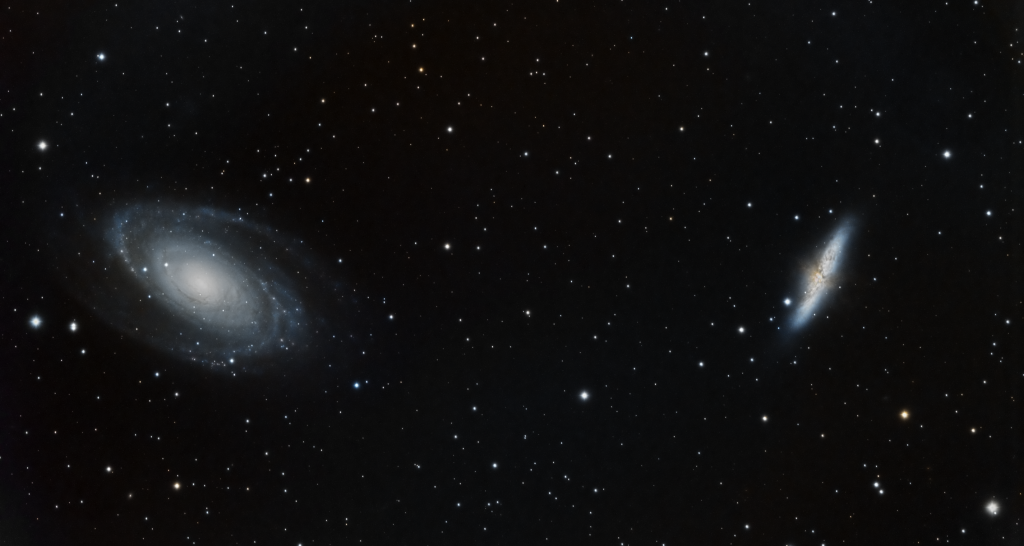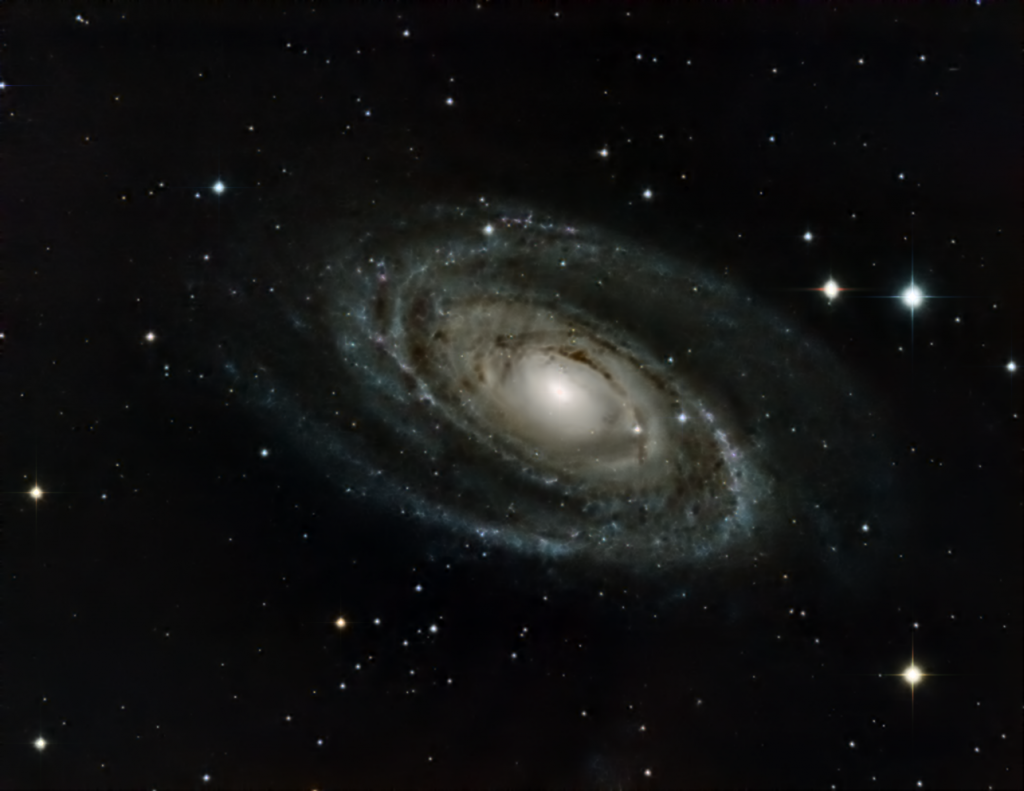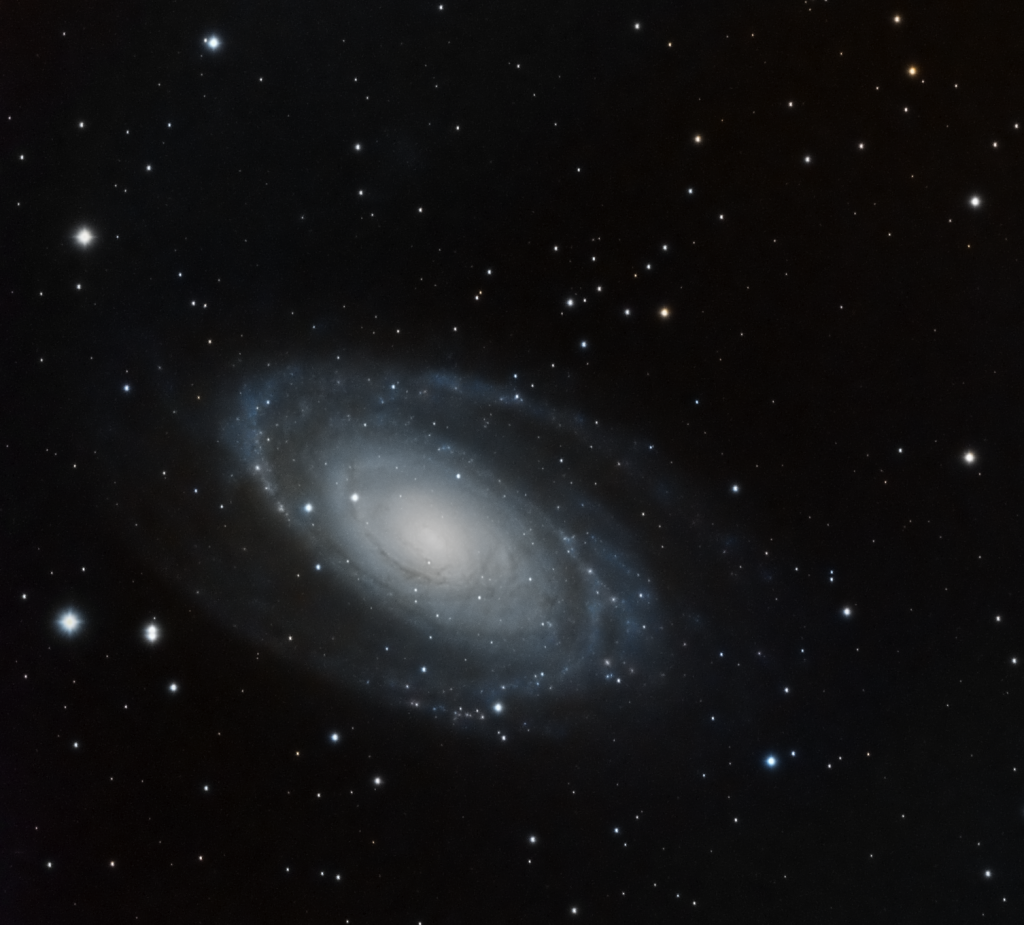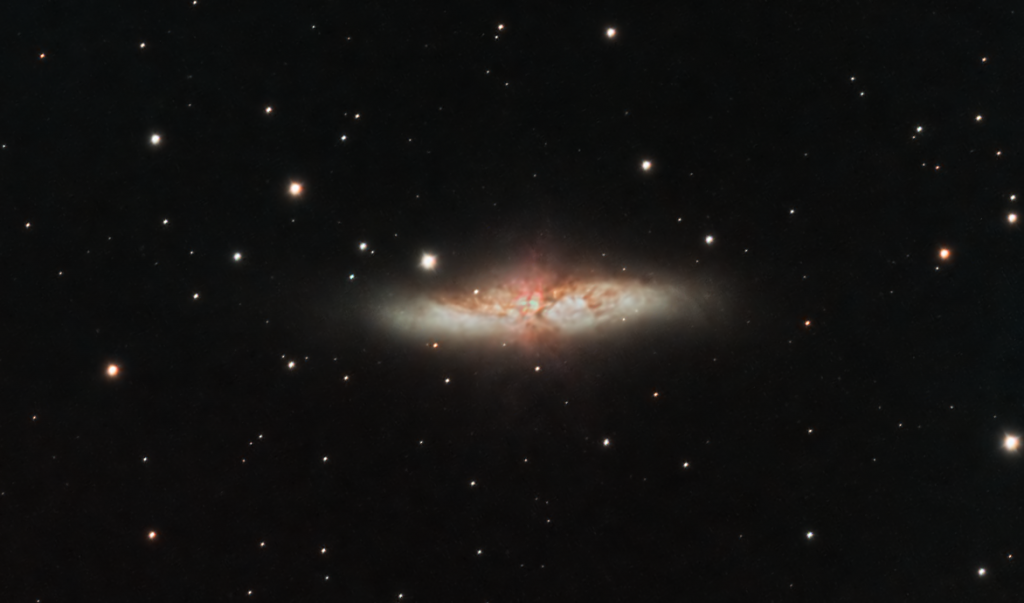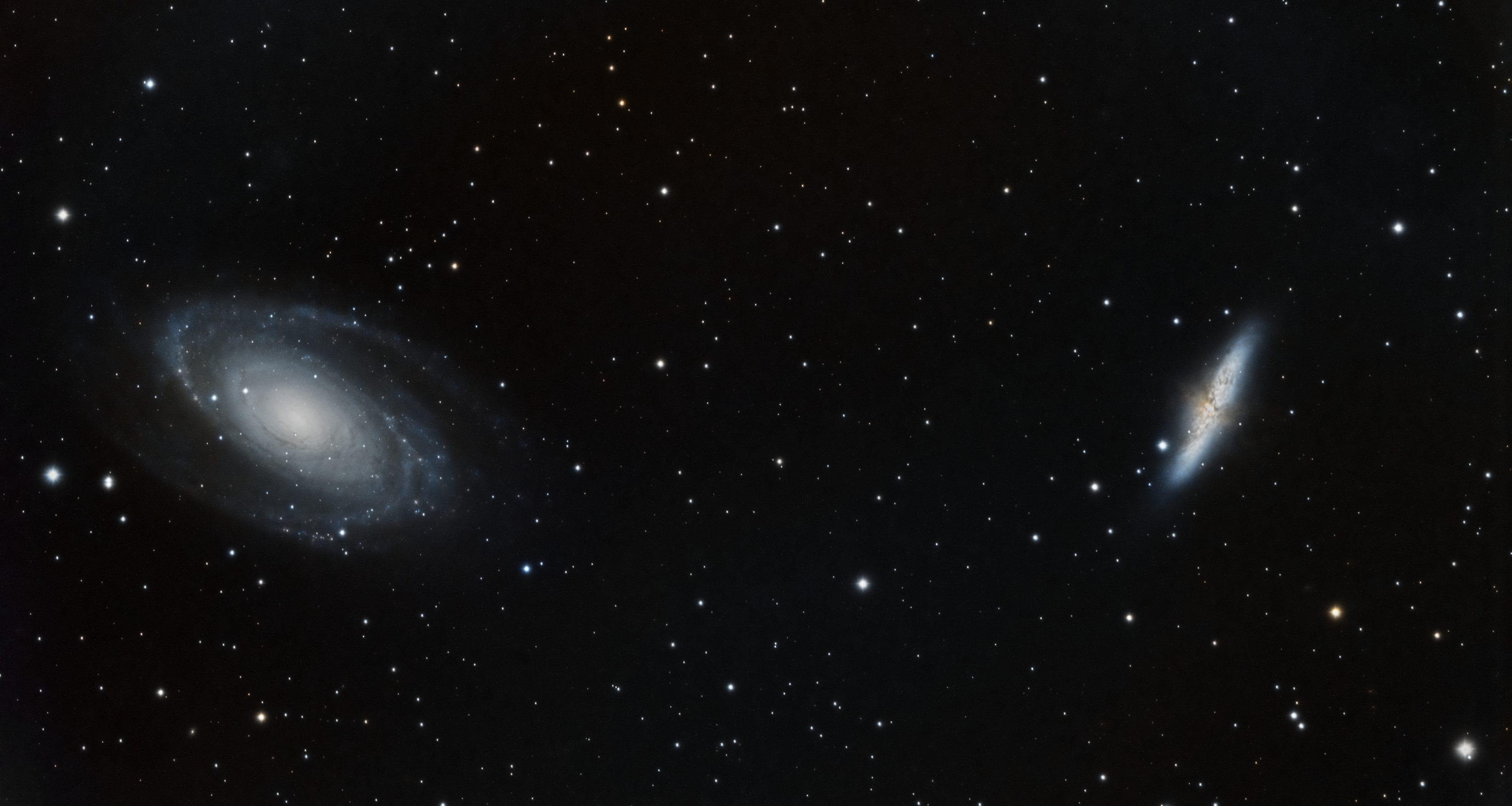
Similar Posts
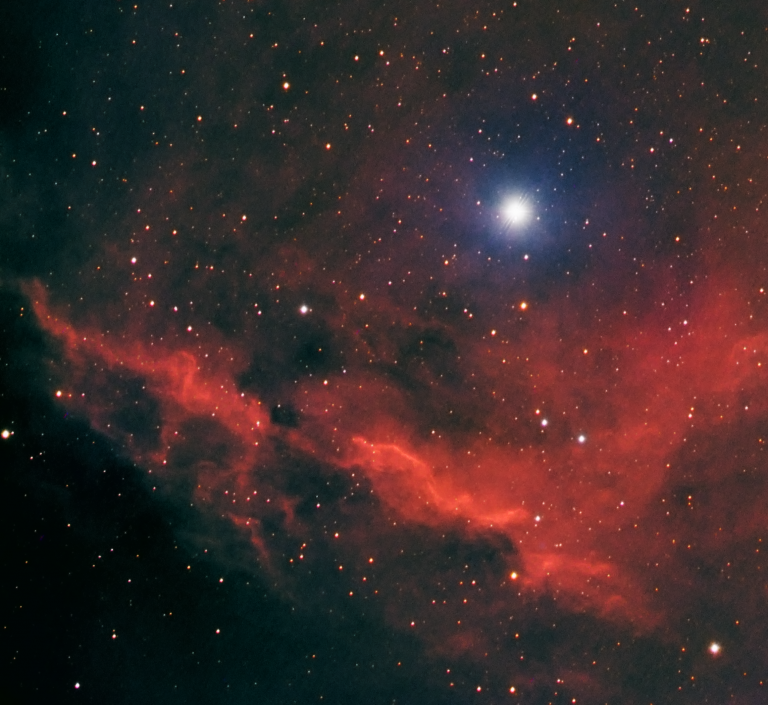
Just an obscure little cloud of hydrogen.
This nebula goes by the unassuming name of SH2-9. It’s part of a larger complex of clouds known as the Rho Ophiuchi complex, but you don’t often see people focusing on this part of it. It’s a challenge to image from my location, as it’s very low in the sky in a light-polluted direction. There…
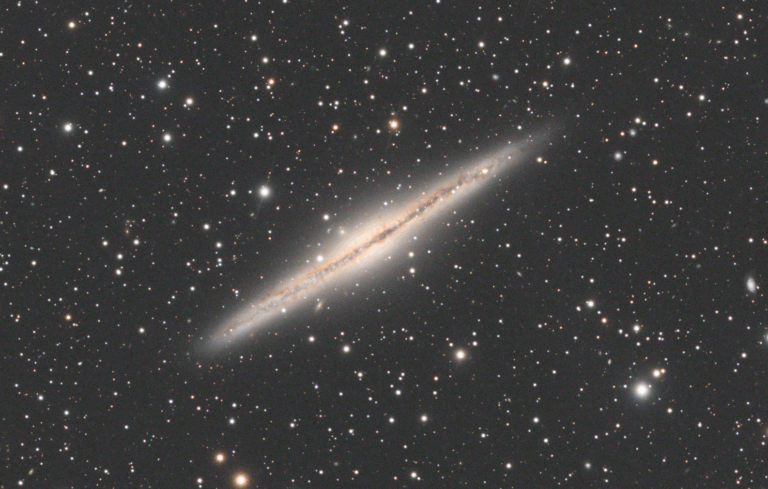
The “Outer Limits” Galaxy
This one’s also known as the “Silver Sliver” Galaxy, or more formally NGC 891. It’s about 30 million light-years away, well beyond our own local group. It’s thought to be quite similar to our own Milky Way! What I really geek out on, though, is the wider views here – there are so many other…
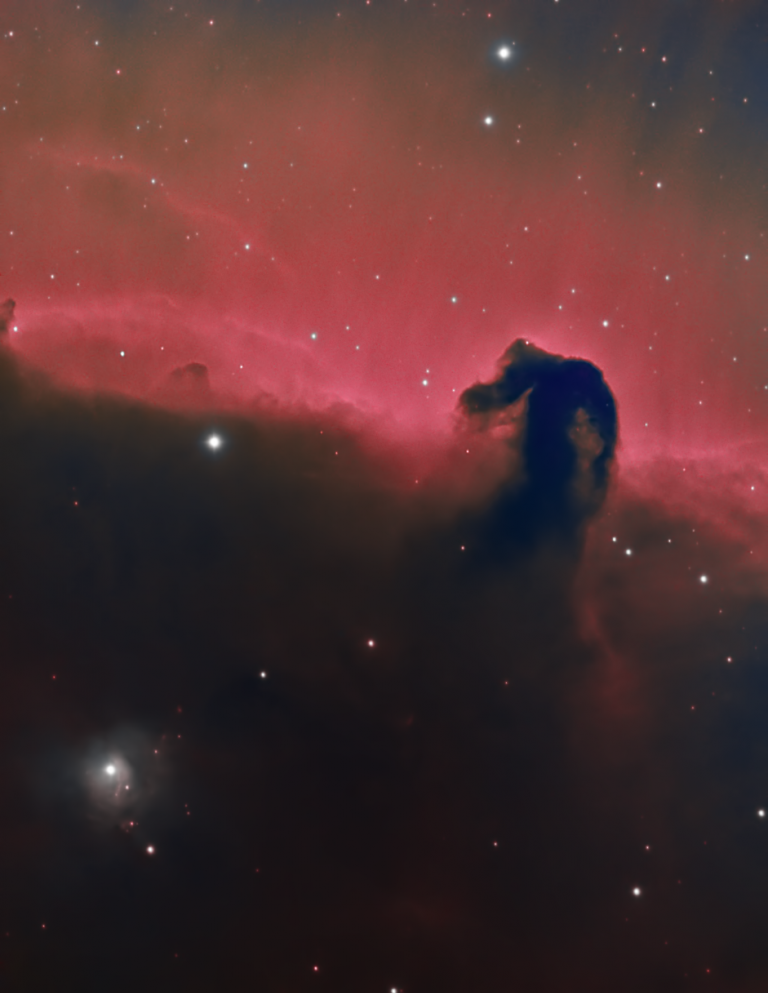
Horsehead Nebula
The iconic Horsehead Nebula, near Orion’s belt. Shot in narrowband over two evenings.
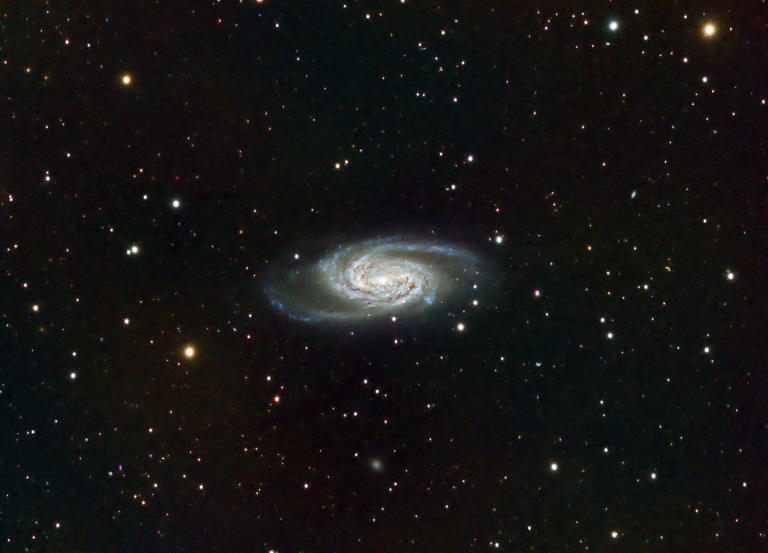
NGC2903 feels lonely.
It’s a good thing galaxies don’t have feelings; they’re just collections of billions of stars. Because NGC 2903 would need therapy. It has no cute nickname like other galaxies; it’s just NGC 2903. And it has no galactic neighbors; most galaxies are gravitationally bound to other galaxies in their local group or cluster, but NGC…
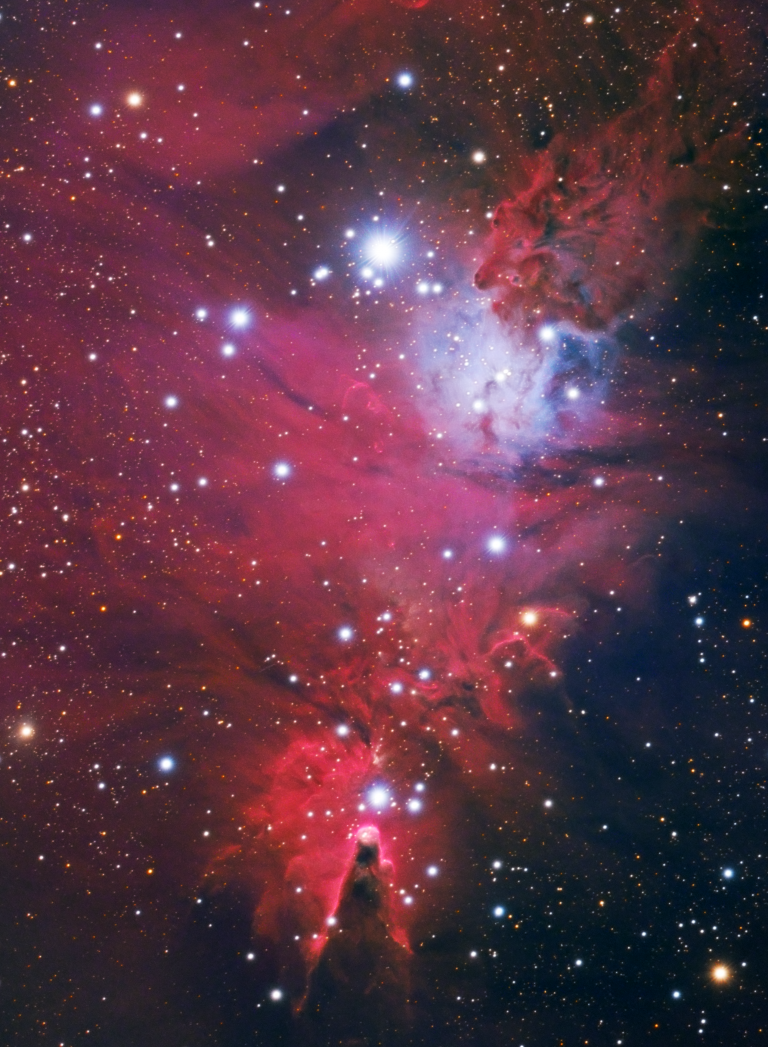
The Cone & Fox (revisited)
This is the Christmas Tree Cluster (turn the picture upside down and you might see it!) But the real focus here is the Cone Nebula at the bottom of the image, and the Fox Fur Nebula in the upper-right. Lots of red Hydrogen gas here being ionized by the young stars it formed. Also visible…

Revisiting “Thor’s Helmet”
Domey McDomeFace’s days are numbered, I’m afraid! Our property is up for sale, and hopefully its new owner will continue to use it to produce amazing images of their own. Meanwhile, I’m taking advantage of every clear night I can, while we’re still here. Here’s one of my favorite objects: “Thor’s Helmet” or NGC2359. Like…

